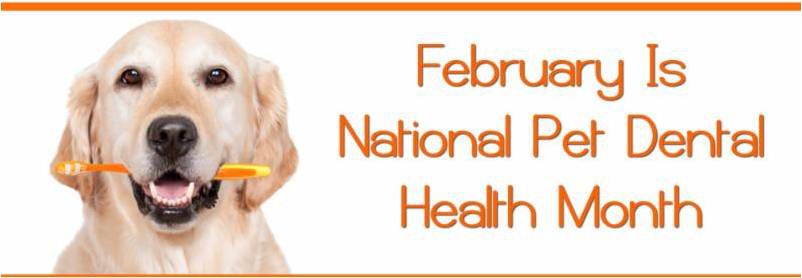Problems In Your Pet’s Mouth
The number one indicator of possible mouth or teeth problems in your pet is a change in eating habits. It may be subtle, like bad breath or tilting the head to chew on one side, or more extreme like swallowing food instead of chewing it; dropping food; drooling, muzzle sensitivity; or refusing to eat entirely.
Most pet parents know about tartar buildup, gingivitis and loose teeth, but did you know that cats and dogs can actually reabsorb their own teeth?! This is most commonly seen in cats but has been recently found in dogs as well. Excess gum growth, oral tumors, tooth root abscesses and poor tooth alignment are some of the other conditions your pet may experience.
And don’t forget the small mammals! Guinea pigs, rabbits and chinchillas have teeth that grow constantly! If they don’t get proper food, their teeth can overgrow and cause tongue entrapment, inability to eat, starvation, pain and even skull damage!
Dental Cleanings
You’ve just been to the vet and receive the news that your furry friend needs a dental cleaning. Immediately, you start to worry about anesthesia. While there is no such thing as risk-free anesthesia, your vet will likely recommend blood work to ensure your pet can undergo anesthesia in relative safety.
During the dental procedure, the teeth will be cleaned thoroughly. A full oral exam comes next, checking the gums, tongue and cheeks. The gums and teeth will be probed to check for defects, pockets, odd growths, tooth alignment, bite, infection and loose teeth. Next, your vet will determine if any treatments are needed. Most vets will extract teeth, but board certified veterinarians can do root canals, fill enamel defects, crowns and some even make braces!
After treatment, a technician will polish the teeth and do a last minute check before waking up the patient. Then, it’s recovery time until a veterinarian gives the OK for you and your pet to head home!
Regular Brushing Makes a Difference
The absolute best way to keep those teeth and gums clean is to brush AT LEAST three times a week. I can picture the numerous eye-rolls after reading that sentence. Talk with your veterinarian about how to get you and your pet used to having his or her teeth brushed. There are plenty of resources out there to help guide you through the process.
For dogs, proper chew toys, chew sticks and foods can be used to keep the tartar off. In cats, treats and certain foods can really make a difference. The type of food you feed your small mammals is VITAL for dental health. They need hay to wear down those constantly growing teeth! Navigating the commercial market for dental care items can be full of false product claims, ineffective products, and leave you with an emptier wallet and diseased mouth. Your veterinarian can steer you and your beloved animal companion in the right direction!




